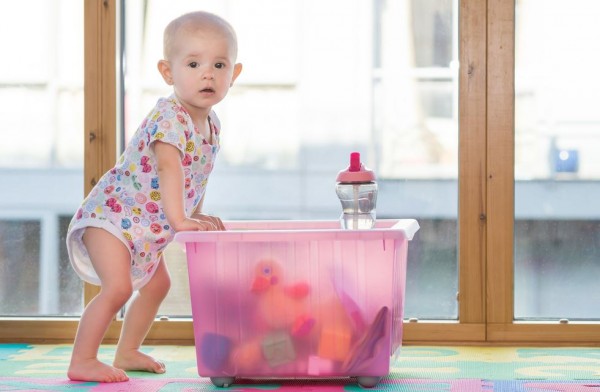Any parent who forks out for childcare knows just how costly the service can be, however, it may surprise you to learn that it's also having a large impact on women in employment.
A new study has found that mothers work fewer hours because of high childcare fees.
The research conducted by the Economic and Social Research Institute and Pobal revealed that parents spend an average of 12 percent of their disposable income on childcare for their three-year-old.
This creates a significant barrier to employment for women, particularly lone parents, according to the study.
Furthermore, the research indicated that mothers with higher childcare costs at age three tended to work fewer hours when their child was aged five.
Helen Russell, co-author of the report commented on their discovery:
“Our findings show that, for example, 10 percent higher childcare costs were associated with 30 minutes less paid work by mothers per week,” she said.
But just how expensive is childcare in Ireland?
A survey in 2011 by Growing up in Ireland showed the average hourly cost of care for one child is €4.50, but that has increased to €4.84 in 2017.
The 2011 survey was based off children aged three, and the average costs would vary depending on the type of childcare used.
Additionally, the figures were calculated before the child was eligible for the free pre-school year and are therefore they represent the costs that families face before they can avail of this support.
Childminders in the family home came in at the most pricey, in 2011 it was €5.70 per hour and that jumped to €6.13 in 2017.
For the same service but outside the home, a childminder would charge €4.43 per hour, and that slightly rose to €4.76, six years later.
Parents paid an average of €4.48 per week or €4.82 at 2017 prices for centre-based care.
Unsurprisingly, parents in Dublin, East Leinster and other urban areas coughed-up the most money for childcare.
The report's evidence also said lone parents faced the greatest financial burden, as they spent an average of 16 percent of their disposable income on childcare and for low-income families, who spent 20 percent of income on care.
Ela Hogan, Monitoring, Analysis and Outcomes Unit Lead at Pobal said:
“The high costs of childcare has been widely recognised as a significant barrier to female labour market participation in Ireland. This report not only provides a supporting evidence on this, but also points out that this barrier is even more profound for lone parents and low-income families.”
The study also highlighted that these costs are for only one child, a larger family will have an additional burden for every child they have in childcare.
The researchers have called on the government to offer more support for childcare costs and address the issue of mothers being excluded from the labour market due to the fees.
The Minister for Children and Youth Affairs, Dr Katherine Zappone, responded to the findings saying:
“This research by Pobal and the ESRI adds to the substantial body of evidence showing that our radical new approach to childcare must continue. Since 2016 investment has increased by over 80 percent with an unprecedented 200,000 children registered in the last 12 months in various Government supported schemes – but more must be done."
Dr Zappone added that she is working to correct "decades of under-investment" but that it will take a number of budgets to do so.
The Minister concluded by saying her officials are "putting in place the legal, administrative and IT infrastructure so that the new Affordable Childcare Scheme will become a reality in the coming year and benefit children, parents, and providers for generations to come.”









